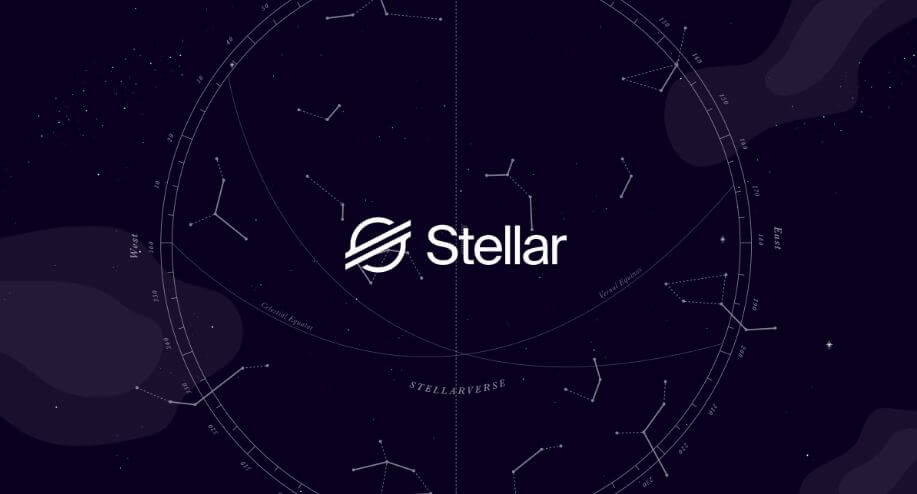With fast, low-cost transactions, interoperability, and a focus on financial inclusion, Stellar has the potential to revolutionize the way we transact and interact with financial systems. This article explores the power of Stellar and its impact on financial inclusion. Moreover, visit https://immediate-alpha.org/ and know about automated trading options for Bitcoin.
Introducing Stellar: The Basics
Stellar is a blockchain-based platform designed to facilitate fast and low-cost transactions, making it an ideal solution for various financial applications. Unlike traditional financial systems, which are often burdened by high fees, lengthy settlement times, and limited accessibility, Stellar offers a range of features that address these challenges.
At its core, Stellar is built upon a decentralized network of nodes that work together to validate and record transactions. This decentralized approach ensures trustlessness, making it less vulnerable to hacking or manipulation. Stellar achieves consensus through its unique consensus algorithm, known as the Stellar Consensus Protocol (SCP). This consensus mechanism allows for quick confirmation of transactions, making Stellar highly efficient and scalable.
One of the key benefits of the Stellar network is its interoperability, which enables seamless transactions across different currencies and payment networks. Stellar uses its native cryptocurrency called Lumens (XLM) to facilitate these transactions. Lumens serve as a bridge currency, allowing users to convert and transfer value between different assets and currencies in real-time, with minimal fees.
Stellar’s focus on cross-border payments is particularly noteworthy. Traditional cross-border transactions are often expensive and time-consuming, with multiple intermediaries involved in the process. Stellar simplifies this by enabling direct peer-to-peer transactions between different currencies, eliminating the need for intermediaries and reducing costs. Stellar achieves this by leveraging anchors, which are trusted entities that issue and redeem assets on the Stellar network, including fiat currencies.
Furthermore, Stellar supports the creation and management of fiat-pegged stablecoins, which are digital tokens that represent real-world currencies, such as the US dollar or euro. These stablecoins provide the stability of traditional currencies while leveraging the advantages of blockchain technology, allowing for faster and more secure transactions. Stellar’s decentralized exchange (DEX) also enables users to trade these assets seamlessly, enhancing liquidity and accessibility.
Stellar’s Impact on Financial Inclusion
Financial inclusion is the key to empowering individuals and communities, allowing them to participate in the economy and improve their livelihoods. Stellar recognizes this and has undertaken several initiatives to bridge the gap between the unbanked population and financial services.
The Stellar Development Foundation (SDF) plays a vital role in driving financial inclusion through its various programs. SDF focuses on developing and maintaining the Stellar network, as well as fostering partnerships and collaborations with organizations and financial institutions worldwide.
One of the core initiatives of SDF is to promote access to low-cost and efficient remittance services. Stellar’s fast and low-cost transactions make it an ideal platform for cross-border payments, enabling migrants and their families to send and receive money securely and at a fraction of the cost compared to traditional remittance methods.
In addition to remittances, Stellar facilitates micropayments, which are crucial for enabling financial inclusion at the grassroots level. The low transaction fees on the Stellar network make it economically viable to conduct microtransactions, allowing individuals to engage in small-scale economic activities and access essential services.
Furthermore, Stellar has formed strategic partnerships with organizations and financial institutions that share the vision of financial inclusion. These partnerships aim to leverage Stellar’s technology to bring financial services to underserved regions and communities. By collaborating with local banks, payment processors, and mobile money operators, Stellar expands its reach and enables individuals to access banking services, digital wallets, and other financial tools.
Real-world examples demonstrate the impact of Stellar on financial inclusion. For instance, in certain regions of Africa, where traditional banking infrastructure is limited, Stellar has enabled mobile money operators to provide secure and affordable financial services to the unbanked population. This empowers individuals to save, transact, and access loans, contributing to poverty alleviation and economic growth.
Stellar’s impact on financial inclusion extends beyond individuals. It also has the potential to support small and medium-sized enterprises (SMEs) that often struggle to access credit and financing. By leveraging the transparency and efficiency of the Stellar network, SMEs can gain access to alternative sources of funding, enabling them to grow their businesses and contribute to local economies.
Conclusion
Stellar’s innovative financial infrastructure has the potential to transform the financial landscape in the digital age. By promoting financial inclusion, streamlining global payments, and supporting decentralized finance, Stellar empowers individuals and businesses to participate in the economy more effectively. As we continue to harness the power of Stellar, we pave the way for a more inclusive and accessible financial future.
Image Courtesy: Stellar.org
